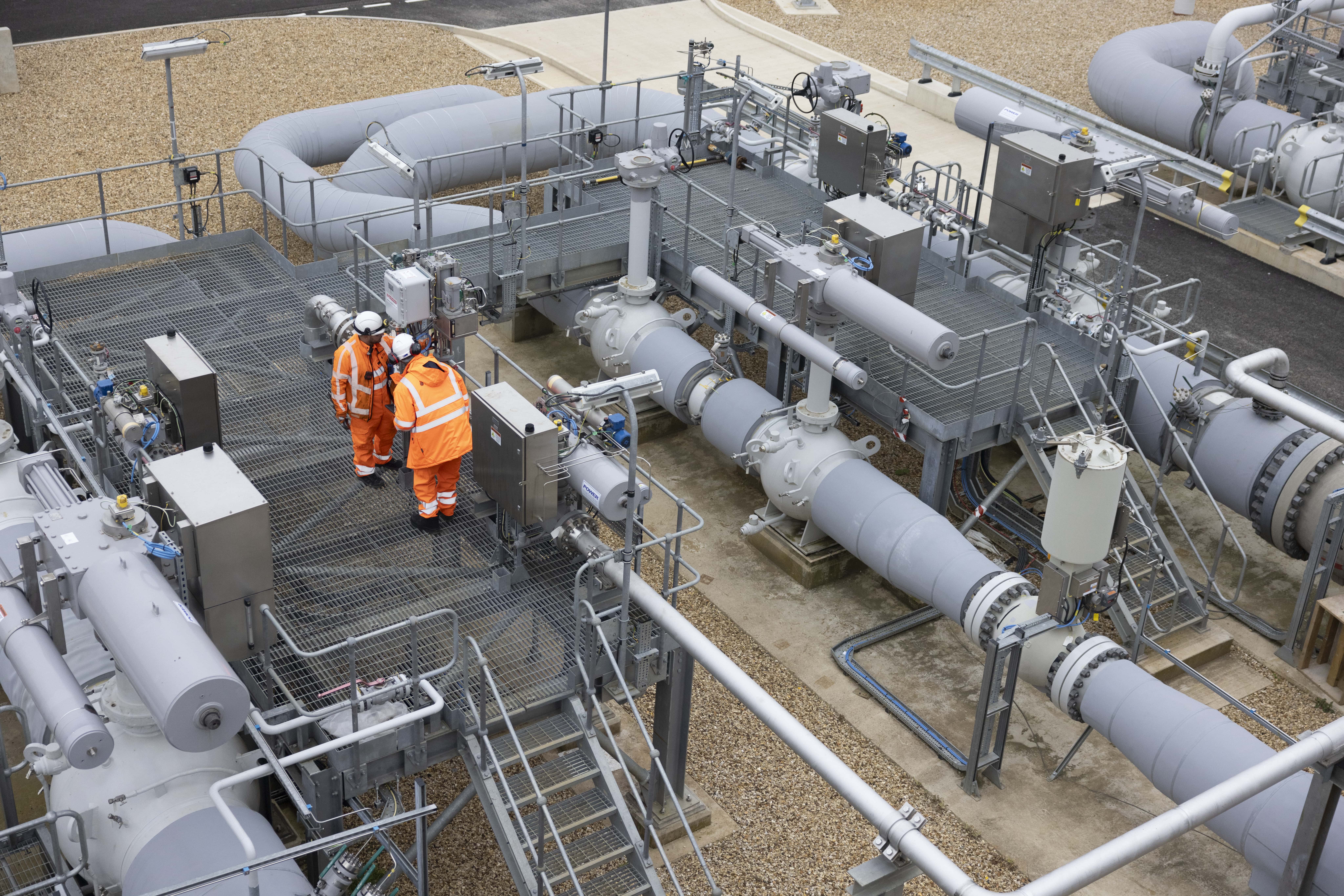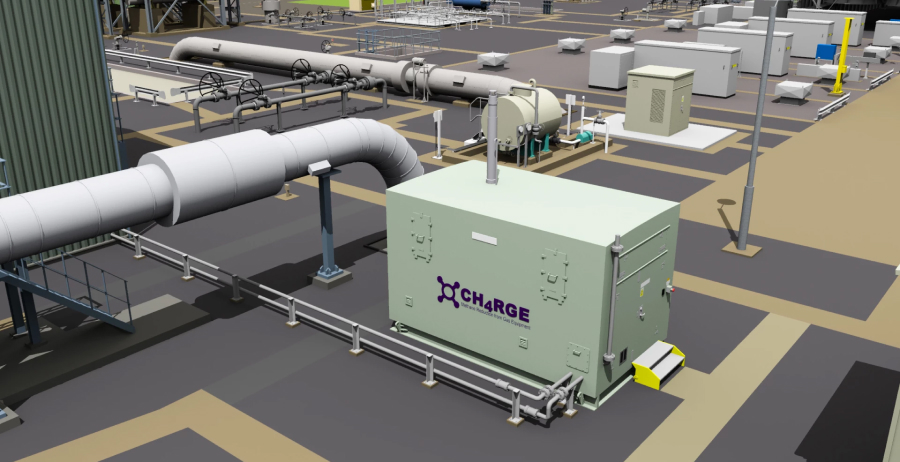23rd August 2023
Hydrogen impact on cathodic protection and degradation of coatings

We’ve been running a project researching the impact that hydrogen blends may have on protective coating adhesion and Cathodic Protection performance.
To reach net zero by 2050, we’re looking at ways to reduce emissions from the operation of our network, including exploring the opportunities to transport increasing blends of hydrogen in natural gas.
As the percentage of hydrogen increases, this could impact both the properties of the steel pipelines and the cathodic protection (CP) systems.
We use several external coatings on our gas pipelines to protect them from corrosion and damage. The most common coating found on the National Transmission System (NTS) is coal tar enamel, although this is now prohibited from use. The second most common coating is Fusion Bonded Epoxy (FBE). Alongside these coatings, a CP system works in tandem to ensure the protection of our network.
We’ve been running a project researching the impact that hydrogen blends may have on coating adhesion and CP performance.
This includes a comprehensive literature review looking at hydrogen pipelines currently in operation, as well as any previous research undertaken. The review also explores factors such as:
- Hydrogen permeation of steel (for various pipeline grades including X52, X60 and X80)
- Factory and field applied protective coatings
- Pipeline pressures and flows
- Concentration of hydrogen in hydrogen-methane blends
- Temperature
- CP currents
The project also aims to identify gaps in current knowledge, to develop a suitable testing plan to determine the suitability of current coating and CP systems utilised on the NTS, as part of a future project phase.





